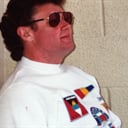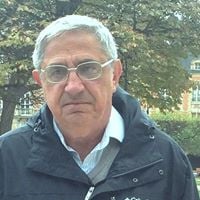Who commanded the submarine that fired the torpedoes that sank the USS Indianapolis?
Mochitsura Hashimoto was a highly experienced submarine commander in the Imperial Japanese Navy who was present at the attack at Pearl Harbor. On July 30, 1945, the Indianapolis, after delivering critical parts to the first atom bomb, enroute to the Philippines to prepare for the invasion of Japan, was hit by two torpedoes and sank within 12 minutes.
Born in Kyoto and educated at the Imperial Japanese Naval Academy, Hashimoto volunteered for service in submarines and was later aboard submarine I-24 during the attack on Pearl Harbor in 1941. Hashimoto commanded coastal patrol and training submarines off Japan for much of the war, and in 1944 took command of I-58, a ship which was equipped to carry kaiten, or manned torpedoes. After a number of unsuccessful operations, under the command of Hashimoto I-58 sank Indianapolis on 30 July with two unmanned Type 95 torpedoes while on a midnight patrol. He lost his entire family in the Little Boy atomic bombing of Hiroshima days after the sinking of Indianapolis.
Hashimoto's submarine then returned to Japan, one of the few such ships to survive the war. Hashimoto was called to testify on behalf of the prosecution at the court-martial of Charles B. McVay III, the commanding officer of Indianapolis, a move which was controversial at the time. He was later part of an effort to exonerate McVay, which was eventually successful. Hashimoto later became a Shinto priest. He died in 2000.
More Info:
en.m.wikipedia.org










